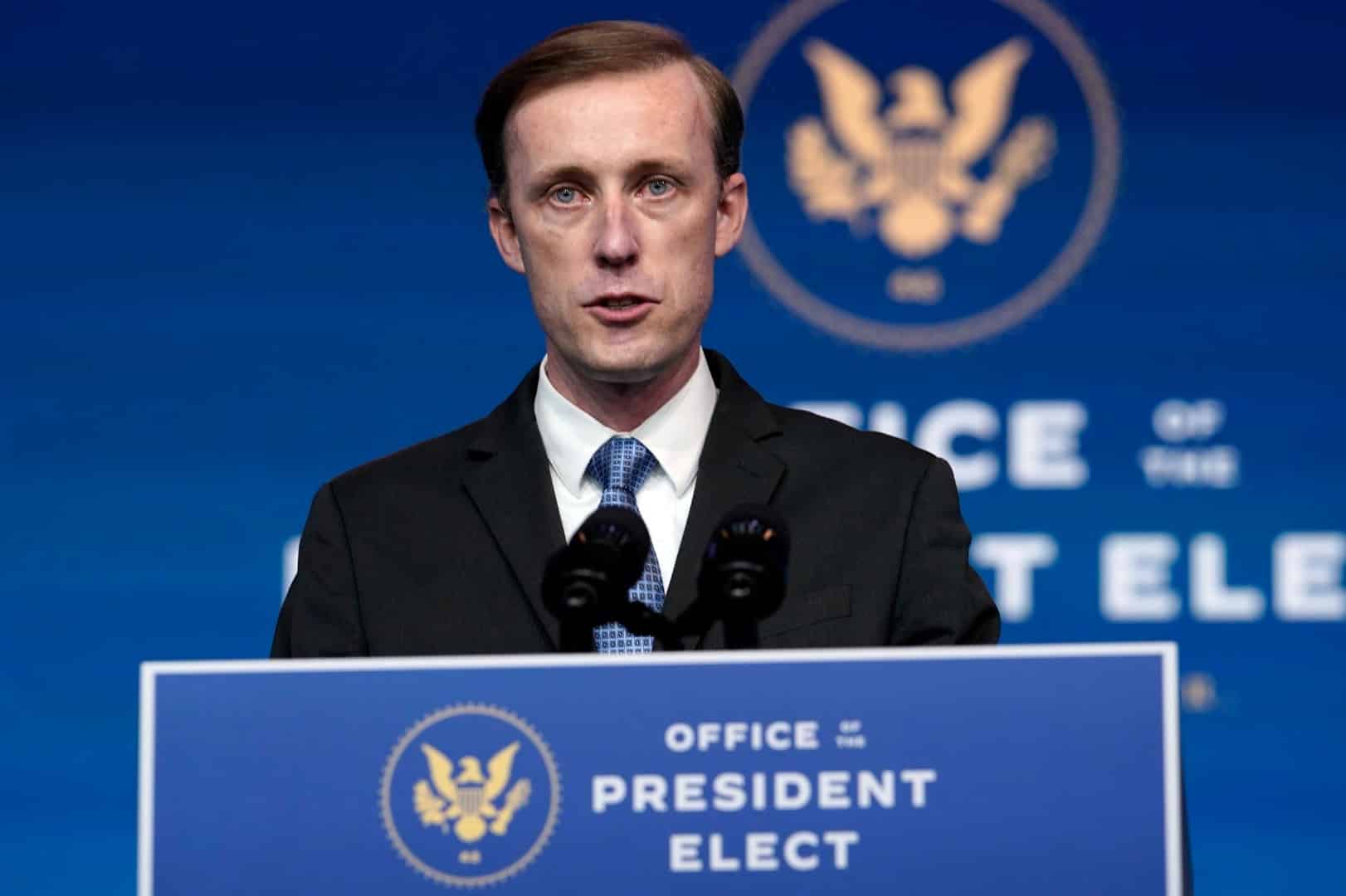
CNN Chief Media Reporter Brian Stelter hopped on the set of Reliable Sources last weekend, and offered his take on Special Counsel John Durham’s recent indictment of former Perkins Coie attorney Michael Sussmann, calling Durham’s probe a “total bust.” This was in the context of accusing other networks like Fox and OAN of a pattern of “lie, rinse, repeat.”
I was sick last week and didn’t get around to reading the Sussmann case until Tuesday. I can’t imagine Stelter has read it, since the whole thing is about complicity on his side of the media aisle in years of repeat errors and lies, including multiple editorial double-downs even after a major story was publicly exposed as factually incorrect. A long list of press figures — from Stelter’s own CNN colleague and shameless intelligence community spokesclown Natasha Bertrand, to reporters from The New Yorker, Time, MSNBC, Fortune, the Financial Times, and especially Slate and The Atlantic — were witting or unwitting pawns in a scheme to sell the public on a transparently moronic hoax, i.e. that Donald Trump’s campaign was communicating mysterious digital treason to Russia’s Alfa Bank via a secret computer server.
The story sounded absurd from the start, and was instantly challenged by experts. Even outlets normally hostile to Donald Trump like the New York Times and the Washington Post correctly steered clear of it initially. However, plenty of other reporters fell for it and kept falling for it, including Stelter’s own CNN. We’ve known this story was false since at least December 9th, 2019, when Department of Justice Inspector General Michael Horowitz told us that “the FBI investigated whether there were cyber links between the Trump Organization and Alfa Bank, but had concluded by early February 2017 that there were no such links”:
(bigger)
Horowitz’s conclusion was particularly embarrassing for CNN, which cited “sources close to the investigation” in March of 2017 — well after the FBI had already decided there was nothing there, according to Horowitz — to report the “FBI investigation continues” into the “‘odd’ computer link.” Moreover, when the original main source for the Alfa story, a “computer expert” who went by the name “Tea Leaves,” refused CNN’s requests for an interview for that piece, the network explained in apparent seriousness that “fear has now silenced several of the computer scientists who first analyzed the data,” as if a combo squad of Russian spies and Trump goons might put bullets in their heads.
We find out from this indictment that those sources were terrified, all right, only not of Russians or Trump, but of being found out. In fact, the “academics” who were the sources for Franklin Foer’s original October 31, 2016 Slate article, “Was a Trump Server Communicating With Russia?”, were so concerned a nonsense allegation of secret Trump-Russia communication wouldn’t pass a public smell test that one of them proposed faking the story to make them “appear to communicate,” literally using the word “faking” in an email.
They ended up not going that far, but the “research” they did produce was so weak that one of them complained that they couldn’t “technically make any claims that would fly public scrutiny,” even if reporters and others lived down to their expectations and proved “not smart enough to refute our ‘best case’ scenario.” The researcher’s email went on, in a line that summed up much of the Russiagate phenomenon:
The only thing that drives us at this point is that we just do not like [Trump]… Folks, I am afraid we have tunnel vision. Time to regroup?
The intrepid reporting heroes who bought this manure-sack from these people were the ones to whom Rachel Maddow said, with a straight face, “We are blessed to have journalists as talented as you… writing about this.”
“We are blessed as a country to have journalists as talented as you and Franklin Foer writing about this.”
–@maddow in 2018 to Dexter Filkins on his and Foer’s stories about secret Trump-Russian bank contacts — a DNC-funded scam that is now subject to a federal indictment. pic.twitter.com/hdlDy7ZweU
— Aaron Maté (@aaronjmate) September 17, 2021
The indictment makes a conspicuous point of elucidating a long list of characters in and around the Clinton campaign who were privy to Sussmann’s Trump-Alfa project. In one passage, Durham explains who’s on an email chain about the subject dated September 15, 2016, after Sussmann had given the story to the New York Times and four days before Sussmann would deliver it to the General Counsel of the FBI:
On or about September 15 , 2016, Campaign Lawyer-1 exchanged emails with the Clinton Campaign’s campaign manager, communications director, and foreign policy advisor concerning the Russian Bank-1 allegations that SUSSMANN had recently shared with Reporter-1.
Campaign Lawyer-1 is Marc Elias, the General Counsel for the Hillary Clinton campaign. Durham also lists former Clinton campaign manager and current Harvard fellow and House Majority PAC president Robby Mook, former Clinton communications director and current Showtime The Circus co-host Jennifer Palmieri, and former Clinton foreign policy advisor and current National Security Advisor to Joe Biden Jake Sullivan.
Fair use excerpt. Read the rest here.


